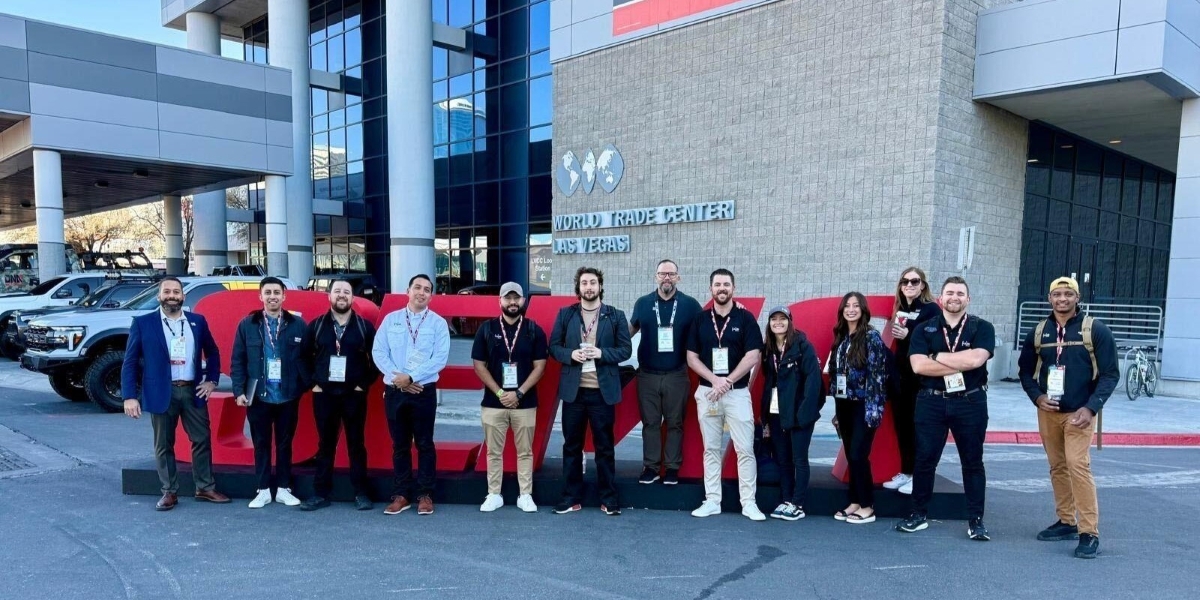What Drives the Need for Stronger Legal Frameworks on Graft?
The push for stronger legal frameworks against graft isn’t just a matter of policy—it’s a response to public frustration. When citizens lose faith in systems meant to serve them, it often comes down to one issue: corruption. Graft, the abuse of public office for personal gain, leaves institutions hollow and people unheard. Legal experts say the failure to stop this erosion can weaken democracies from within.
In many regions, existing laws were created in another era—long before digital transactions, cross-border money flows, or modern lobbying tactics. This gap between old rules and new realities is what allows graft to persist even when exposed. That’s where modern legal reforms are making their mark.
Read Also: Hit the Open Road: Embracing the Enduring Allure of the Great American Road Trip
How Are Legal Frameworks to Combat Graft Changing?
One of the most visible shifts is the way laws now frame graft as a structural issue, not just a personal failing. This means going beyond punishing individuals and instead addressing systemic vulnerabilities. Newer frameworks take aim at loopholes in procurement, campaign financing, and asset declaration systems. These areas have long served as safe havens for illicit gain.
For example, in some jurisdictions, public procurement laws now demand open bidding processes, digital tracking, and public access to project contracts. These changes create a digital trail that investigators can follow, making it harder to bury evidence.
Why Are Enforcement Agencies at the Heart of This Reform?
Laws are only as effective as the institutions that enforce them. And in the case of graft, enforcement has often been where things fall apart. Weak coordination between agencies, political interference, and outdated investigative tools are common issues that legal reforms now try to correct.
Governments are starting to give anti-corruption units more independence. Some countries have restructured their oversight bodies to report to parliamentary committees instead of executive branches. This limits political influence over investigations and helps build public trust.
At the same time, new laws are granting agencies real-time access to financial data, enabling quicker responses to suspicious activities. These updates are critical in a world where funds can move across borders in seconds. Without legal authority to track those movements, enforcement becomes a losing game.
Can International Collaboration Help Strengthen Graft Laws Domestically?
The fight against graft doesn’t stop at national borders. International cooperation is now viewed as essential. Graft schemes often involve offshore accounts, shell companies, or illicit property deals in foreign jurisdictions. This makes coordination between countries not just helpful, but necessary.
Recent frameworks encourage mutual legal assistance treaties (MLATs) and standardized anti-corruption protocols. These agreements let agencies share evidence and pursue investigations across borders more efficiently. Legal scholars note that without such collaboration, many major graft cases simply stall out when money leaves the country.
How Do Legal Definitions Shape Real-World Outcomes?
The way graft is defined in law can shape how cases are prosecuted—or if they’re prosecuted at all. Vague language has long allowed corrupt actors to dodge responsibility. Reforms now focus on tightening definitions and clearly stating what constitutes misconduct.
Some jurisdictions have added clauses that target indirect benefits, such as jobs for family members or favors granted through third parties. These additions help prosecutors make cases where no cash has changed hands, but where undue influence is still clear.
What Role Does Transparency Play in the Legal Battle Against Graft?
Transparency is becoming a core principle in modern anti-graft legislation. Laws now mandate asset declarations by public officials, the publication of budget documents, and the release of internal audits. These requirements are not just symbolic—they are designed to catch inconsistencies before they grow into scandals.
Transparency also shifts power back to the public. When watchdog groups and media can access critical data, they become informal extensions of oversight. Legal reforms that support public access to information widen the net and increase the chances that corrupt acts will be caught early.
Are There Challenges in Aligning Legal Reforms With Political Realities?
One of the most difficult aspects of strengthening legal tools against graft is navigating political landscapes. Lawmakers who benefit from weak systems are often reluctant to push for reform. This tension slows down legislation, weakens enforcement, or leads to watered-down regulations.
Experts stress the importance of civil society in holding lawmakers accountable. When pressure builds from the public and from institutions like bar associations, judicial councils, and ethics commissions, reform becomes harder to ignore. Public demand has already led to meaningful change in places where political will was lacking.
Is Technology Making Legal Enforcement Against Graft More Effective?
Technology is becoming a key player in enforcing graft laws. Digital case tracking, electronic procurement systems, and AI-assisted financial audits are now part of legal frameworks in several countries. These tools improve efficiency and reduce human error—or manipulation.
Importantly, laws are being updated to allow agencies to use these tools within defined privacy protections. Legal scholars view this as a step forward because it acknowledges both the risks and benefits of technology.
Read Also: The Role of Production Workers in Modern Manufacturing
What Lies Ahead for Legal Frameworks Against Graft?
The evolution of legal responses to graft is ongoing. While challenges remain, the shift toward smarter laws, better enforcement, and greater public transparency shows real momentum. What once felt like an uphill battle is now met with more sophisticated strategies—and firmer legal ground.
As systems adapt, what used to be hidden becomes harder to ignore. With each revision, each new tool, and each line of legal text, the space for corruption continues to shrink.








